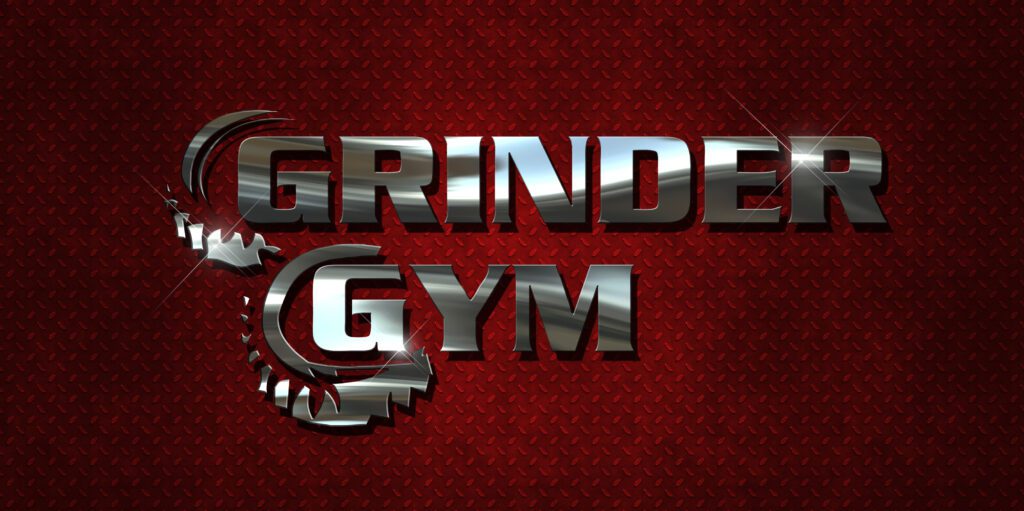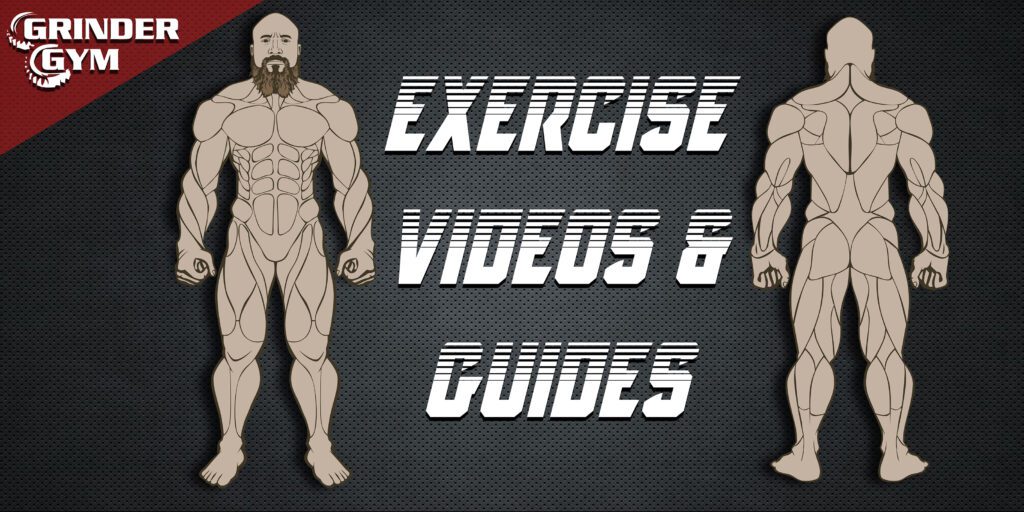
Strict Curl is a competitive strength exercise that demands precision, control, and exceptional arm strength. In this sport, athletes lift a barbell following specific rules and techniques to determine their upper arm strength prowess. Here’s an in-depth look at the sport of Strict Curl:
Starting Position:
- The lifter faces the front of the platform.
- The bar is held horizontally across the thighs with palms facing outward and fingers gripping the bar.
- The feet must be flat on the platform, knees locked, and arms fully extended.
- The lifter’s head, shoulders, and buttocks are in constant contact with the wall.
Establishing the Starting Position:
- After removing the bar from the rack, the lifter returns to the wall to establish the starting position.
- The lifter waits for the Head Referee’s signal, which is given when the lifter is motionless and the bar is correctly positioned.
- Proper positioning includes head up, chin up, arms extended fully down, and heels of feet no more than 12 inches from the wall.
- The Head Referee’s signal consists of an upward movement of the arm and the verbal command “curl.”
Competition Format:
- Strict Curl competitions do not have “flights”; lifters compete from their first attempt, from lightest to heaviest.
- Each lifter is allowed three attempts unless they are going for a record.
- Failed attempts can be retried at the same weight until successful, with no lowering of weight permitted.
- Wraps are allowed, but gloves are not.
Executing the Curl:
- The lifter, upon the “curl” command, raises the bar to the fully curled position (bar near the chin or throat with palms facing backward).
- Throughout the lift, the head, shoulders, and buttocks must remain against the wall.
Strict Technique:
- The legs and hips must not be used for momentum.
- Leaning back to assist the lift is prohibited.
- Any thrusting of the legs or hips is not allowed.
Completion of the Lift:
- The Head Referee’s signal to lower the bar is given once the lifter holds the bar motionless in the finished position.
- The lifter must maintain head, shoulders, and buttocks against the wall throughout this phase.
Returning the Bar:
- After completing the lift, the lifter must wait for the “rack” command, signaled by a backward motion of the hand and the verbal command “rack.”
Causes for Disqualification:
- Several actions can lead to disqualification, including any downward movement of the bar before it reaches the final position, leaning back to raise the weight, and losing contact with the wall during the lift.
- Failure to maintain an erect position with head, shoulders, and buttocks against the wall at the lift’s completion is also grounds for disqualification.
- Stepping backward or any foot movement and lowering or racking the bar prematurely are disqualifying actions.
- Bouncing the bar off the thighs or using improper form to initiate the upward motion can also result in disqualification.
Attire and Equipment:
- Competitors must wear a singlet in ISCA (International Strict Curl Association) events.
- Wrist wraps are permitted at the lifter’s discretion, but gloves of any kind are not allowed.
In summary, Strict Curl is a highly regulated strength sport that focuses on the precise execution of a curling motion to assess an athlete’s upper arm strength. Athletes must adhere to strict rules and maintain proper form throughout the lift to achieve success in this challenging sport.
EXERCISES

COMMUNITY
